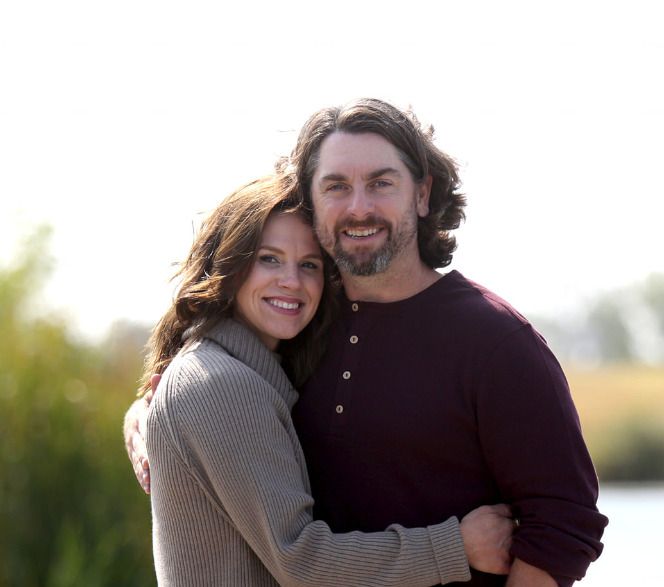Podcast: Play in new window | Download
In this podcast episode, I provide updates to our waterfowl development project if Fulton County, Illinois! We made a few mistakes which we had to correct and learned a bit about how the birds are starting to use our wetlands! We hope you enjoy it.
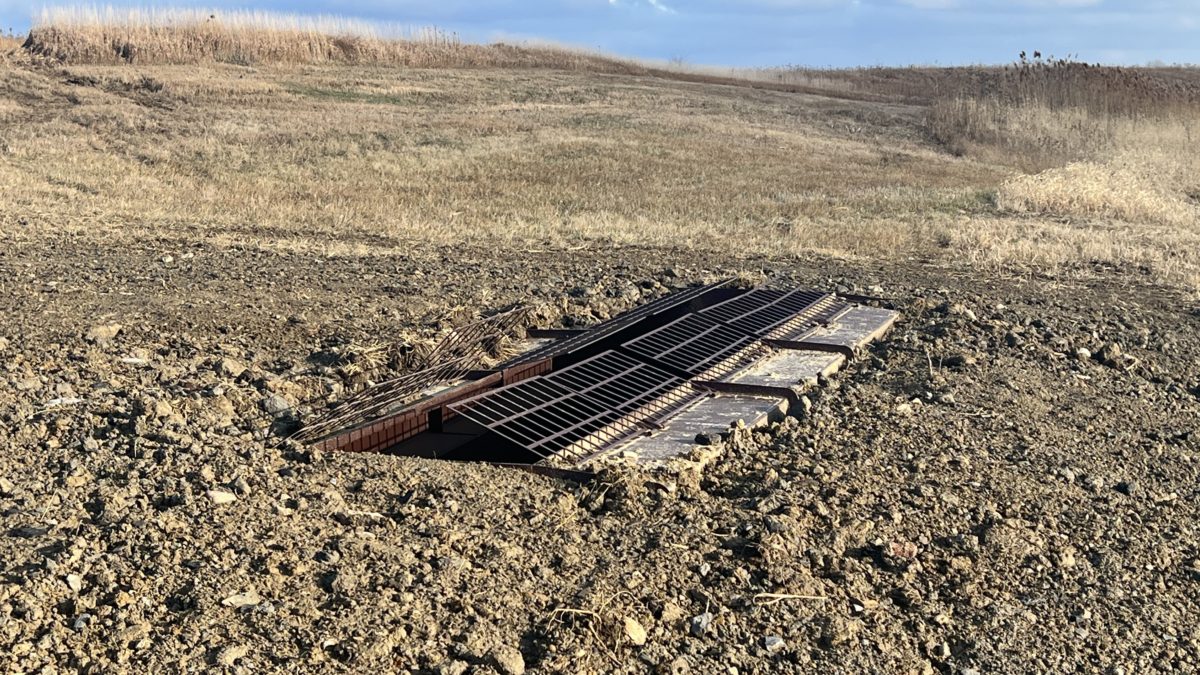
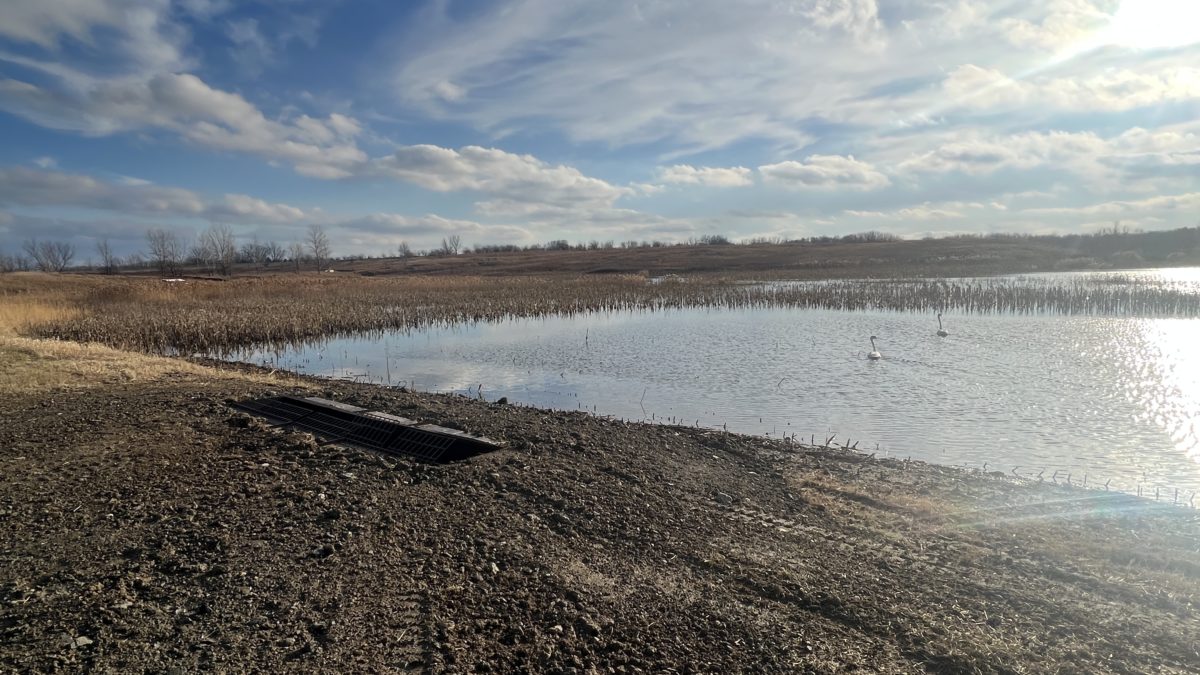
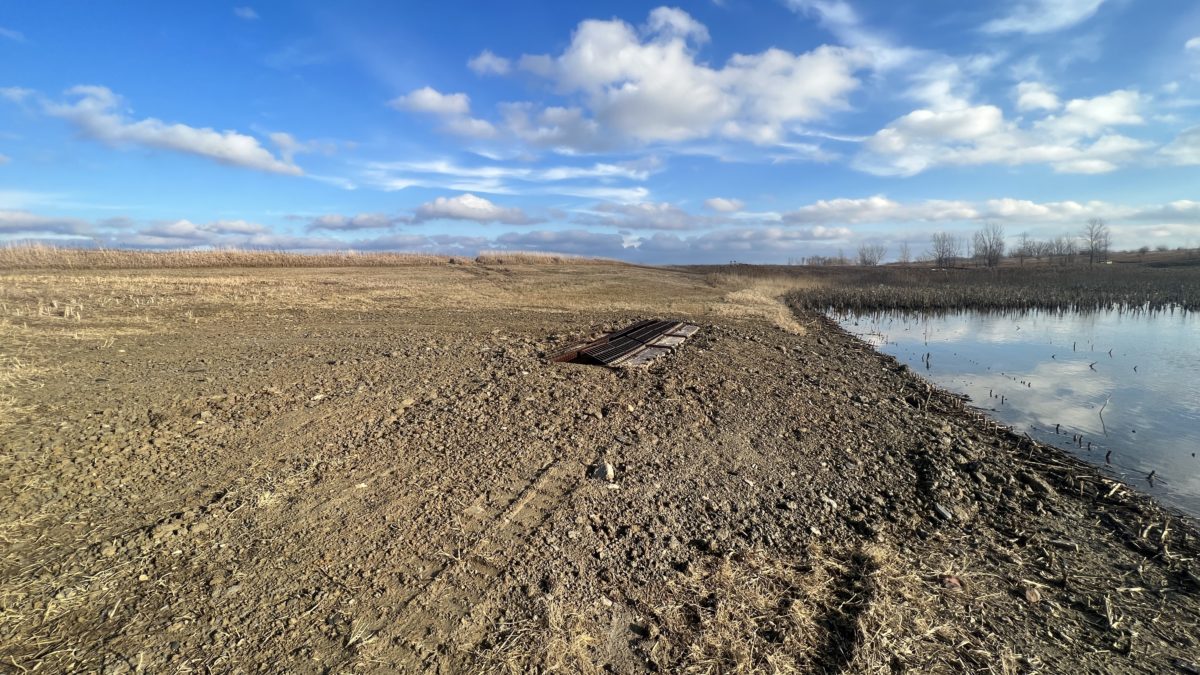
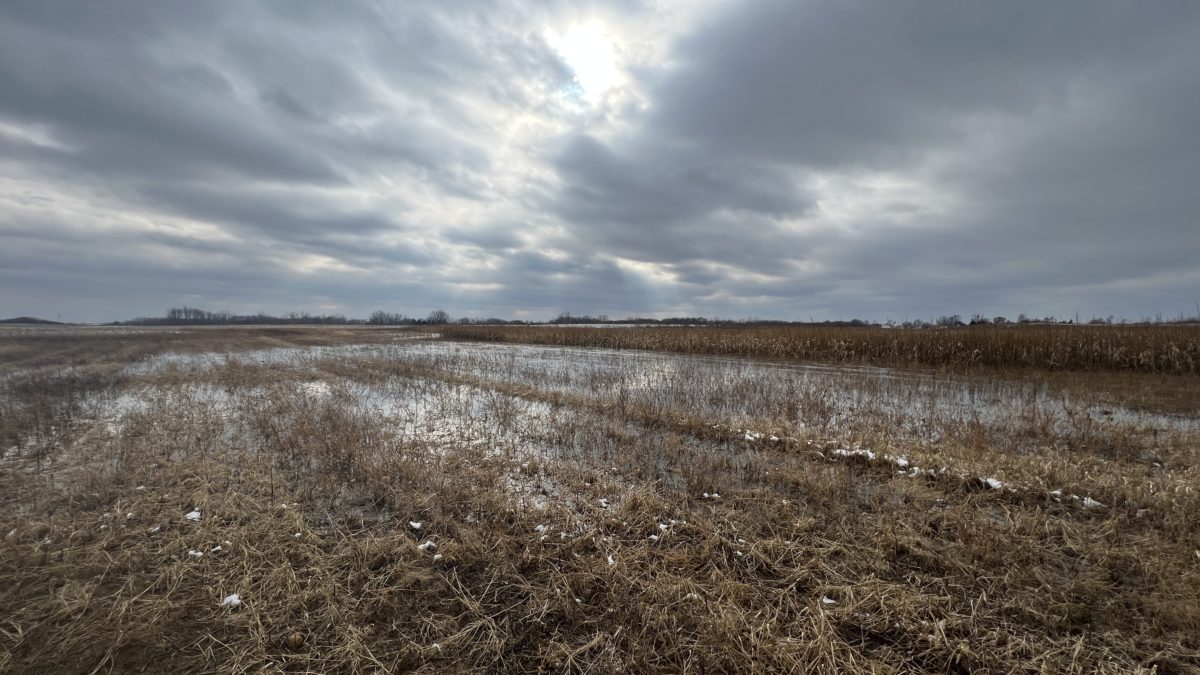

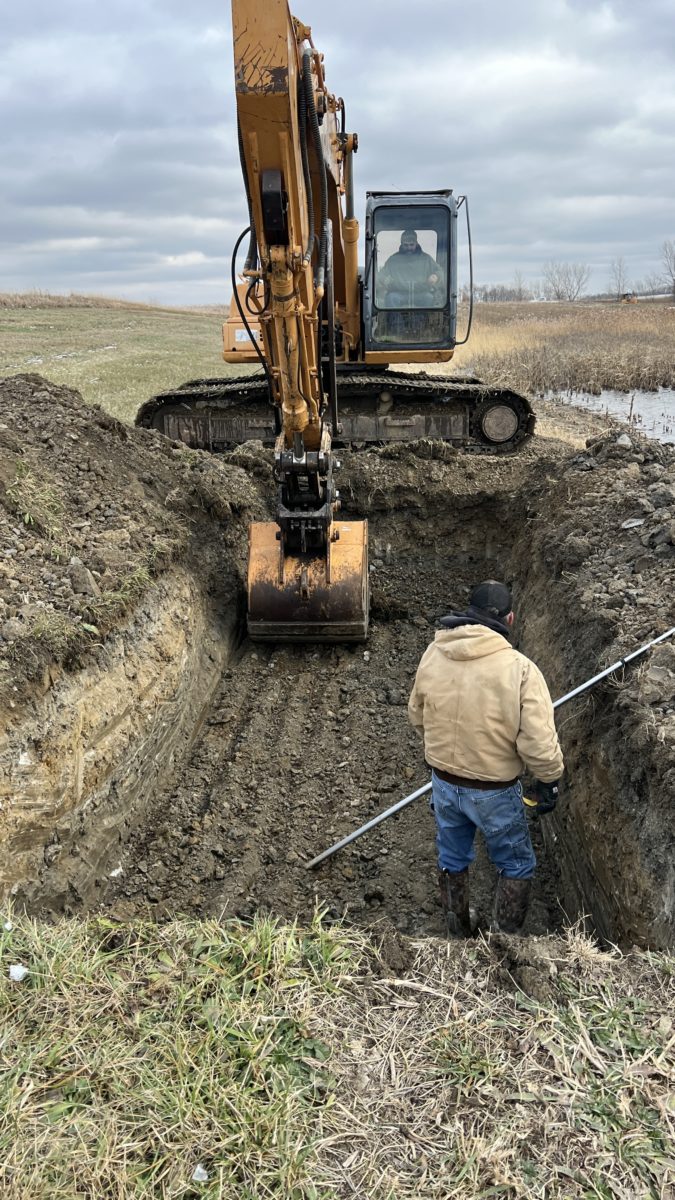
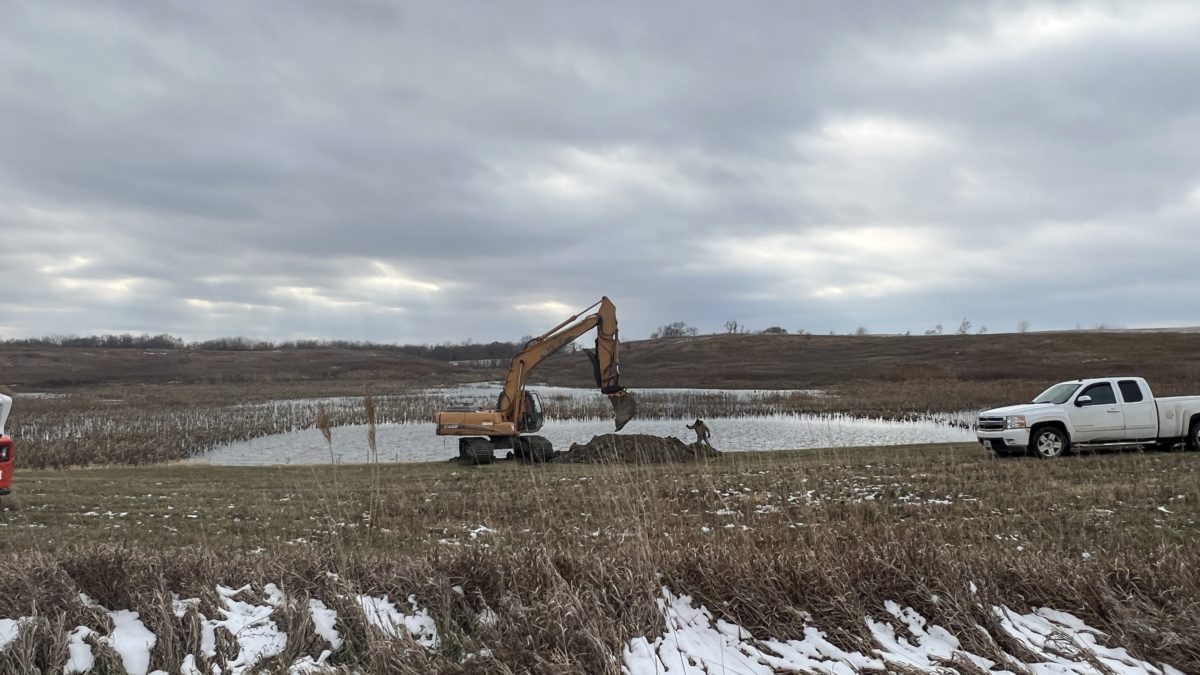
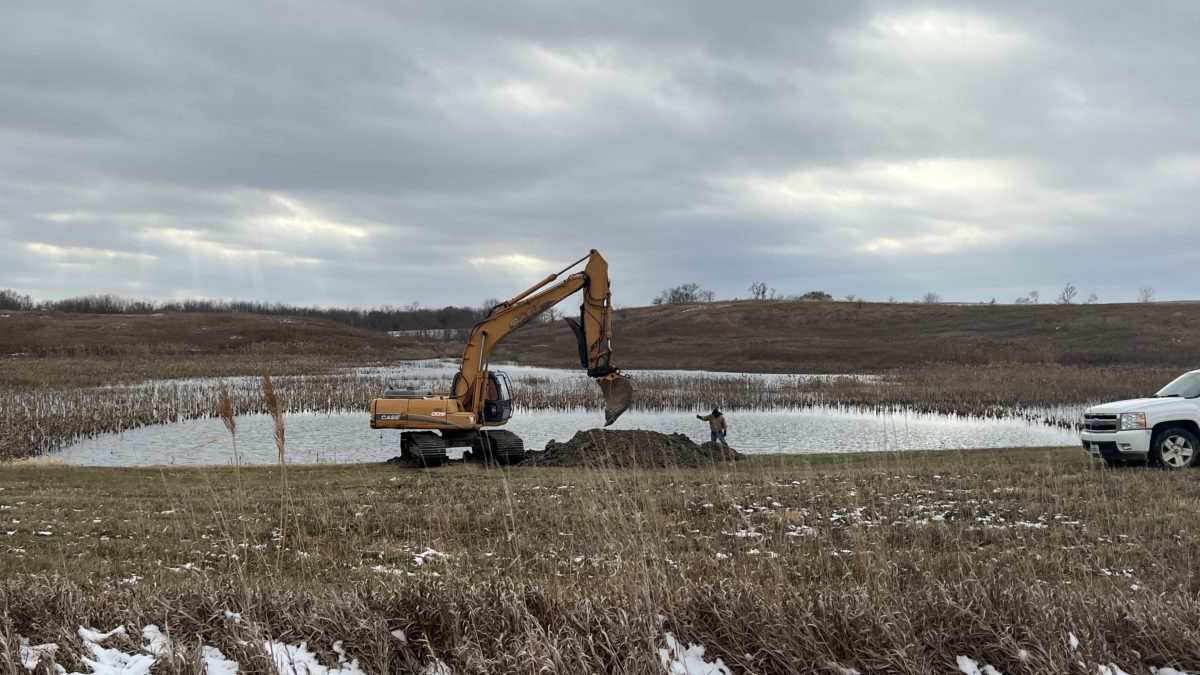

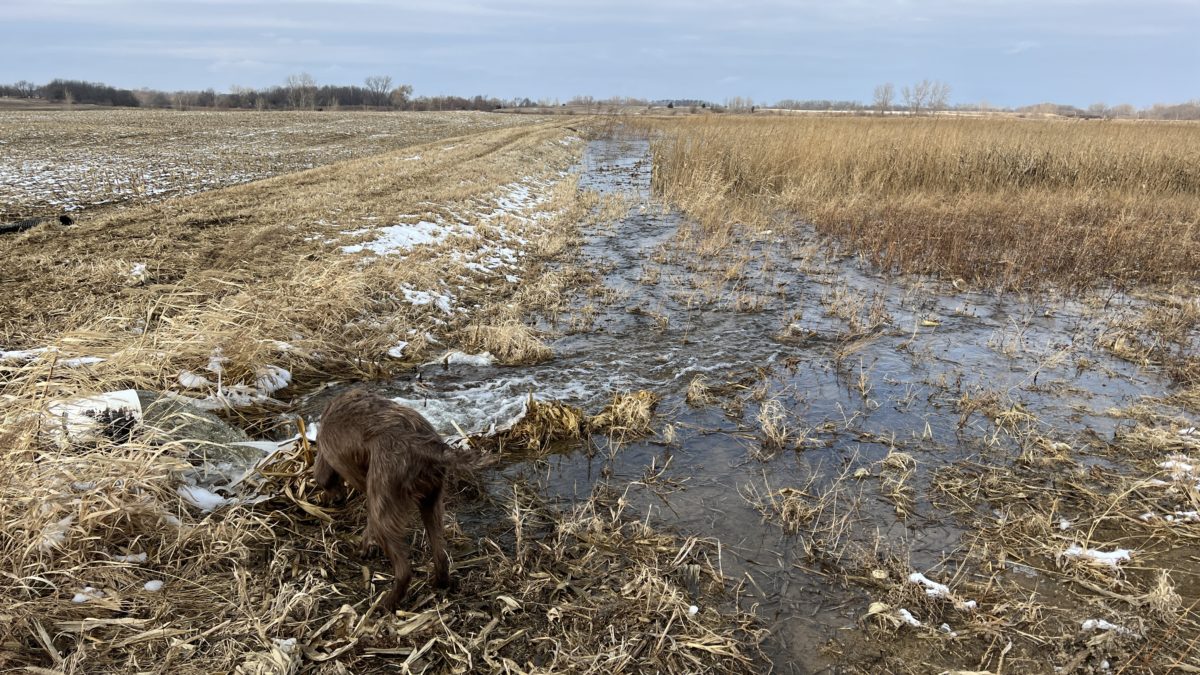
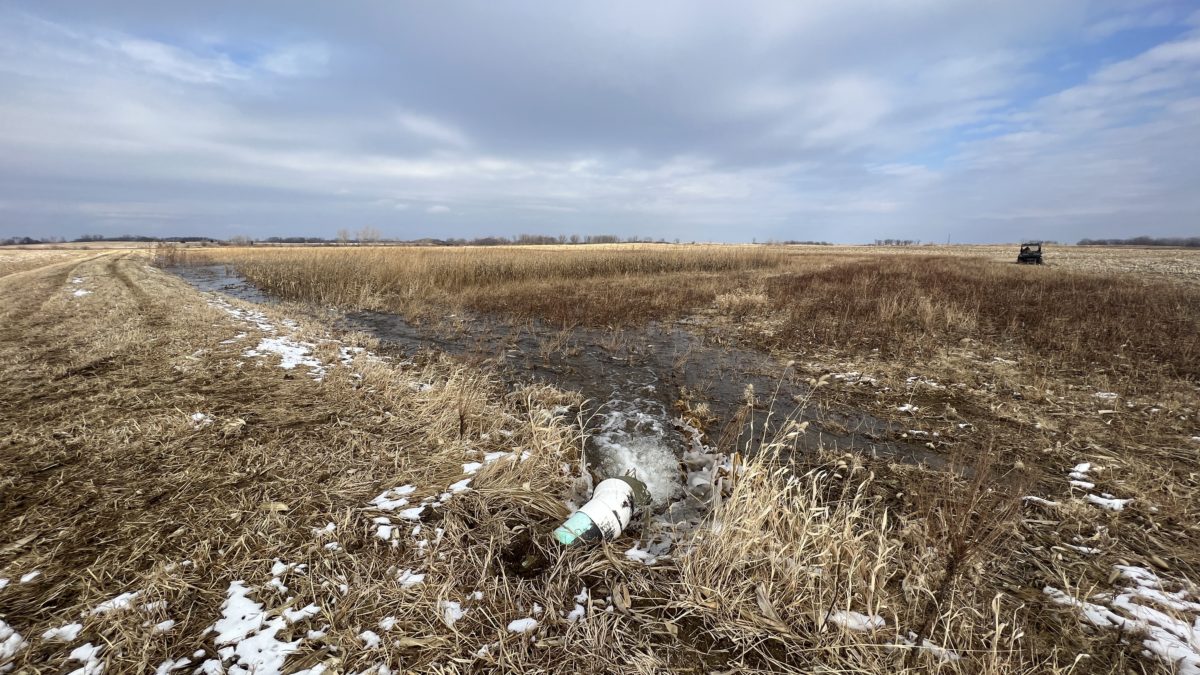
PODCAST TRANSCRIPTION
(these are fairly accurate but not perfect…please forgive any errors or inconsistencies)
Hey guys, welcome back to the Land Co podcast. This episode is I don’t even know the episode anymore, but it is the Waterfowl Development Series. I’ll put the episode on the notes and the title is probably like episode seven-ish, but I wanted to chat with you guys on the development that we have that Pudik and I have on 135 acres in Canton. Again, we bought that. I think we’re going on a few years now with the goal of making it just like an awesome waterfowl farm. So we’re developing it strictly for waterfowl and. The first several episodes went over what we built the plans and we are at the stage where like we’re we have a few more things to build. But most of the big Earthmoving is done. So now we’re on to like details and getting water to wetlands, getting power places, getting blinds and pits out there. But now where we are at the end of the development, I believe the last episode, we were just getting ready to pump everything full and everything was fine. The only issue we had was if you remember when we we so we pump from our lower wetland and again, I’ll throw pictures on the if you’re listening on like just in your truck like an on Apple podcast hop on the website we we also post these to the website to the, to the blog and on those pages I’ll throw some pictures beneath it if you want to go kind of check out what I’m talking about.
But the middle of the 135 is our only like, well, it’s our biggest low ground wetland, like bottom ground, like wet area and it’s I think it’s eight acres, but we pump from there up to a new one that we built that we call a center field wetland, which is historically been like our best dry field. So we’re they seem to like that area. So we’re, we were really excited about that center field wetland. We thought it would do well. Last year we had a. We didn’t have a way to pump water up there. So we were relying strictly on rainwater and it filled it like last year was a good year for filling wetlands with water. And it didn’t even that it didn’t fill it all up. So like it probably folded up halfway. So we never got a sense of how good the wetland was going to be or how much they’d use it. So we knew we had to pump water from the bottom, which we call clam wetland, up about 1000 feet and. We used the corrugated tile and it was like, I don’t think we wouldn’t have done that for a client. I was just sort of curious if that would work. Like you always hear, you know, in our industry, there’s always like all these like old, old legends and like, you know, of what works and what doesn’t.
But a lot of them I like. It’s not that I don’t believe them. I’ve just never seen anyone try it like one of them. So like this one, it’s like, Oh, you can’t use corrugated pipe to pump uphill because it’s too much friction and it won’t work. And whatever. We tried it anyways. It was cheaper. You know, we could use that six-inch corrugated like just tile and it was a lot cheaper. So we tried it and again, I had heard that it wouldn’t work, but I’ve never like, I don’t know anyone personally that’s tried it. It’s like, Oh yeah, I tried, but that didn’t work. Everyone’s always like, No, it just doesn’t work. I just know that. All right. Well, we tried it because it was cheaper and like, it didn’t work. So we can officially be like those people that, you know, don’t put corrugated tile into pump uphill because of that pressure. It worked like we got water lay up. But like, eventually the pressure, like not, not like uphill or where it’s coming, like filling the wetland is like the junction. It was just too much pressure. Like it would either blow apart the, like the attachment or like if, you know, because he tried several different things or it was even blowing through the corrugated tile like just past where it attached like the pressure, it was just too much so it didn’t work.
Whatever we were, the guinea pigs. We were out a few bucks, but now we know if it worked, we can just save some of our client’s money down the road. So I’m not entirely upset that we tried it, but it didn’t work, so we had to scramble kind of last minute and just do it the right way. And so we had to put in 800 or 1000 feet of PVC tile, kind of like sewage, kind of like drainage tile uphill that 800 to 1000 feet. And once we did, that worked flawlessly. And that’s what we should have done the first time. But it was it’s probably twice as much, but so had to scramble to do that. But that is done and that pumped fine. So we did get to see the wetland has seeped a little bit and we didn’t fill it up probably as much as we should have day one. So it’s not entirely full, but we’re probably six inches to a foot from full. So we got a much better idea of like how that one’s going to work. Gave us kind of an idea of where we’re going to put the blinds next year so we could, you know, we had a good idea, but now we can at least visualize it. And it allowed us to kind of see if the Ducks would use it and we didn’t. Again, we’re purposely, purposefully letting some of the stuff rest.
You know, clams has always been there. We fixed it up. But these other wetlands, we’re letting rest for a couple of years. Mike Hitchcock told me that, like he said, if you can let a wetland rest for a few years and we build it to let those birds find it, it’ll help a ton in the long run. And I believe him. I’ve seen his place again. That’s one of the coolest waterfowl farms that I’ve seen. So we, we did that. You know, we have other spots to hunt, so it wasn’t a big deal, but they found that upper wetland, once it was full, they found it in a hurry. So again, it’s only been full for like a week-ish, maybe a little more than that, but as soon as it was full they were on it. So we’re excited to see how it’ll do next year when it’s full from day one. So that went well. Our bottom wetland, not our bottom when we built a little small one acre wetland, but I’m sure we’ve gone over. But that one is below what we call hayfield, and we knew that it wouldn’t fill up every year. It’s just kind of a bonus when we have there was already like a levee there in place. It was a cheap wetland to build last year. It filled up immediately and would have been a cool spot to hunt because it’s right next to this kind of big water.
So it’s not something you’re going to hunt, you know, all the time. But when birds are there, it’s a spot you can sneak in and have a good hunt. This year, it just didn’t fill up like there was. There was not enough rain, not nearly enough rain, like there’s not even water in it. So that’s that’s just the nature of the beast on that wetland. Some years it’s going to fill up. Some years is not all the stuff we did on clam taking all that frag mighty out digging all around that so we can plant more. Worked out great. I mean I think when we bought it like and this has been happening slowly over the course of like you know I don’t know how long it’s been there 15 years. It’s just like the little drainage ditches every year, like the mighty and weeds expand out a little bit. So it was in rough shape. We probably doubled what we could plant there, and they’re using that. We did also get in a pit there. We got a Bradley Blind. We talked about that last episode, but we finally got that delivered and installed. That’s going to that’s on the north side of Clam Lake. And again, we won’t hunt that this year. We didn’t have time to you know, we just put it in probably two weeks ago. So. And then you backfill around. There’s a bunch of mud. There’s too much to run in at this point and brush and no big deal.
We’ve got other spots to hunt, but it is in for next year. So all we have to do is kind of brush it in for next year. But it’s a cool spot, a cool little shooting hole right in front. And I think that one will do really well, too. So that’s kind of what we’ve we’ve done this year and where we’re at now. So again, the major, the major dirt-moving stuff is all done. We probably will add a few more tillable acres next year. That’s kind of an ongoing thing to try to farm more and more every year and work on some of those spots. But in terms of like waterfowl, you know, the next two or three years, again, it was like kind of a five-year plan. We’re doing some of the stuff in stages just to come up with like a pile of money upfront and one big chunk. Now we’re probably looking at getting the power. We talked about that we’ve met with Amarin and we know what that’s going to run us. But, you know, that might be an issue next year that we’ll tackle. We’ll try to get power down to clam so we can put in an electric pump, and probably run power up to the wetlands so we could run our ice eaters there. That will most likely be what we tackle next year. And then we’re also looking at these don’t we don’t have any blinds, these new wetlands and kind of new spots.
The farm is not set up with great blind yet, there are a few pits out there that were there from when we bought it that is good for like field hunting. But in terms of, you know, wetland food hunting, that’s something we’ll have to address next year. So we’ll probably grab another Bradley blind and probably build a few like, you know, just wood frame blinds. So we will tackle that next year as well. And then, you know, then we’re kind of fine-tuning it. So it’s getting close and we’re excited to see how it’ll do next year. But just want to bring you guys up to speed on that project. That’s where we’re at and we’ll keep on it until it’s done. So next year, keeping the loop on what we build, where we put the pitch, and all that stuff. And then hopefully late into next season, we’ll give you a little heads up on how they did, because we’ll start hunting it not not as much as we will the year after, but we’ll probably start dropping in and hunting a few of those spots next year. So that’ll do it for this episode. And we’ll as soon as we, you know, do some more stuff with that project, we’ll come back and do another episode. But that’s where we’re at with that project and I appreciate you guys listening.

